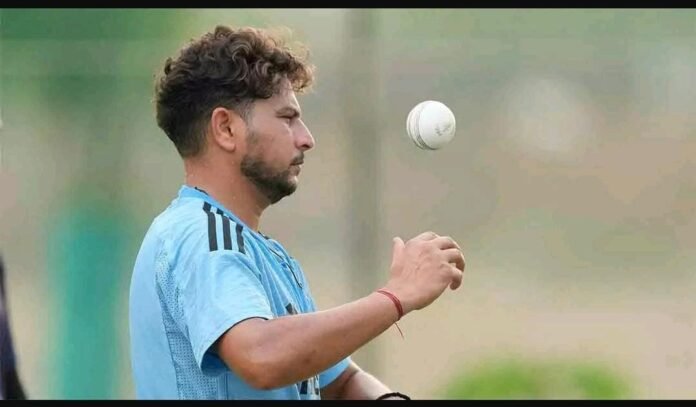One of the most fascinating transformations in One Day International (ODI) cricket in recent years has been the diminishing role of part-time bowlers. Traditionally, part-time bowlers were considered handy options for captains, offering valuable variation and filling in the overs between the main bowlers. However, the dynamics of the game have changed significantly, ushering in a paradigm shift that has altered the role of these bowlers.
The advent of powerplays has been a game-changer in ODIs. With mandatory fielding restrictions in the first ten overs and in the last ten, teams have been forced to rely more on their specialist bowlers during these crucial phases. This shift has put added pressure on captains to ensure they have their best bowlers in action during these critical periods, leaving fewer opportunities for part-time bowlers.
Another factor contributing to the diminishing role of part-time bowlers is the increased emphasis on all-rounders in modern cricket. Teams are now packed with players who can both bat and bowl effectively, making them more versatile assets. These all-rounders have not only strengthened the batting line-up but have also provided captains with reliable bowling options, reducing the need for part-timers.
Additionally, innovations such as T20 cricket have brought a fresh perspective to ODI cricket. The aggressive, boundary-laden style of play that T20s have popularized has influenced ODI strategies as well. Teams now prioritize wicket-taking bowlers who can disrupt the opposition’s batting line-up rather than relying on part-timers to contain runs.
The advent of technology has also played a significant role in diminishing the importance of part-time bowlers. Advanced analytics and data-driven decision-making have enabled teams to identify weaknesses in the opposition’s batting order more effectively. This has led to better planning and the deployment of specialist bowlers to exploit these weaknesses, leaving little room for part-time bowlers to be as effective as they once were.
In conclusion, the role of part-time bowlers in ODI cricket has been redefined by various factors such as powerplays, the rise of all-rounders, the influence of T20 cricket, and advancements in technology. While they still have a place in the game, their significance has diminished as teams now rely more heavily on specialist bowlers and all-rounders to shape the outcome of matches. This paradigm shift highlights the ever-evolving nature of cricket and the need for teams to adapt to stay competitive in the modern era.

